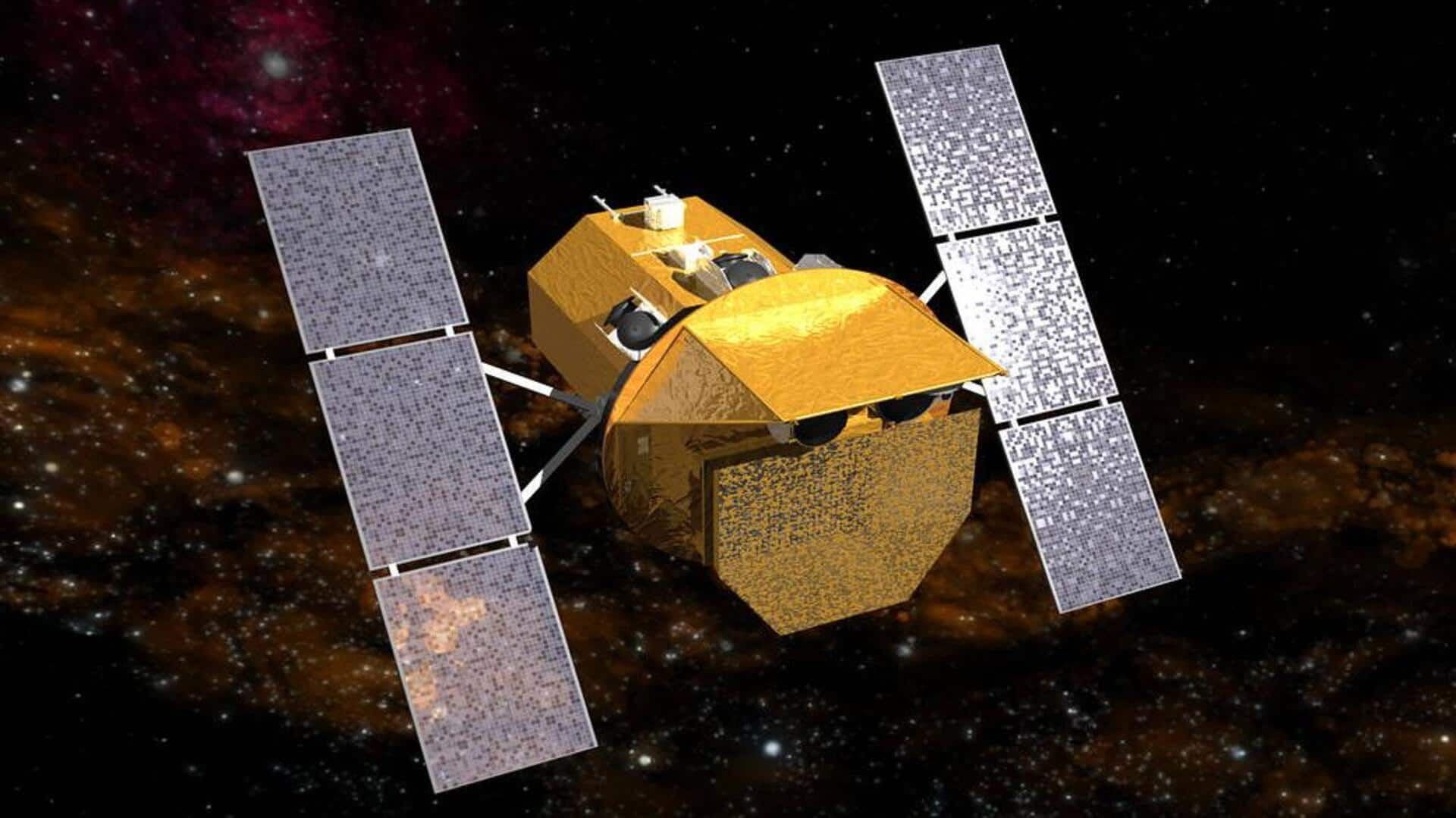
NASA to stop a $500M spacecraft from crashing to Earth
What's the story
NASA has awarded a $30 million contract to Katalyst Space Technologies, a start-up based in Arizona. The funding is aimed at saving the Neil Gehrels Swift Observatory (also known as SWIFT), an orbiting telescope, from falling into Earth's atmosphere The $500 million spacecraft has been studying distant galaxies and black holes since 2004. It is currently in low-Earth orbit, but its orbit has been gradually decaying due to atmospheric drag.
Mission details
Katalyst will launch modified 'Link' spacecraft to the observatory
Katalyst will launch a modified version of its "Link" spacecraft to the observatory to push it farther in space. The mission is seen as a test of space-docking technology, which is critical for military operations and satellite maintenance. The observatory has no onboard propulsion system or hooks for other spacecraft to grab onto. NASA scientists estimate that without intervention, it has 90% chances of burning up in Earth's atmosphere by late 2026.
Service strategy
Link was initially intended for a demo mission
Katalyst plans to use a spacecraft it was originally going to use for an in-house demo mission. Modifications will start next month, with a launch planned for May 2026. The company has studied detailed designs of SWIFT, and its Link craft will have a tailored robotic mechanism. Once in orbit near SWIFT, it will pinch small metal rims on the observatory to secure a grip for the boost.
Military implications
Potential military applications of space-docking technology
Katalyst CEO Ghonhee Lee told Reuters the mission would show that any satellite can be serviced, even if it doesn't have a launch adapter ring. The Pentagon is closely monitoring this development, and Lee hopes to work with the US Space Command for additional orbital maneuvering. This highlights the potential military applications of such space-docking technology amid growing geopolitical competition between the US and China.